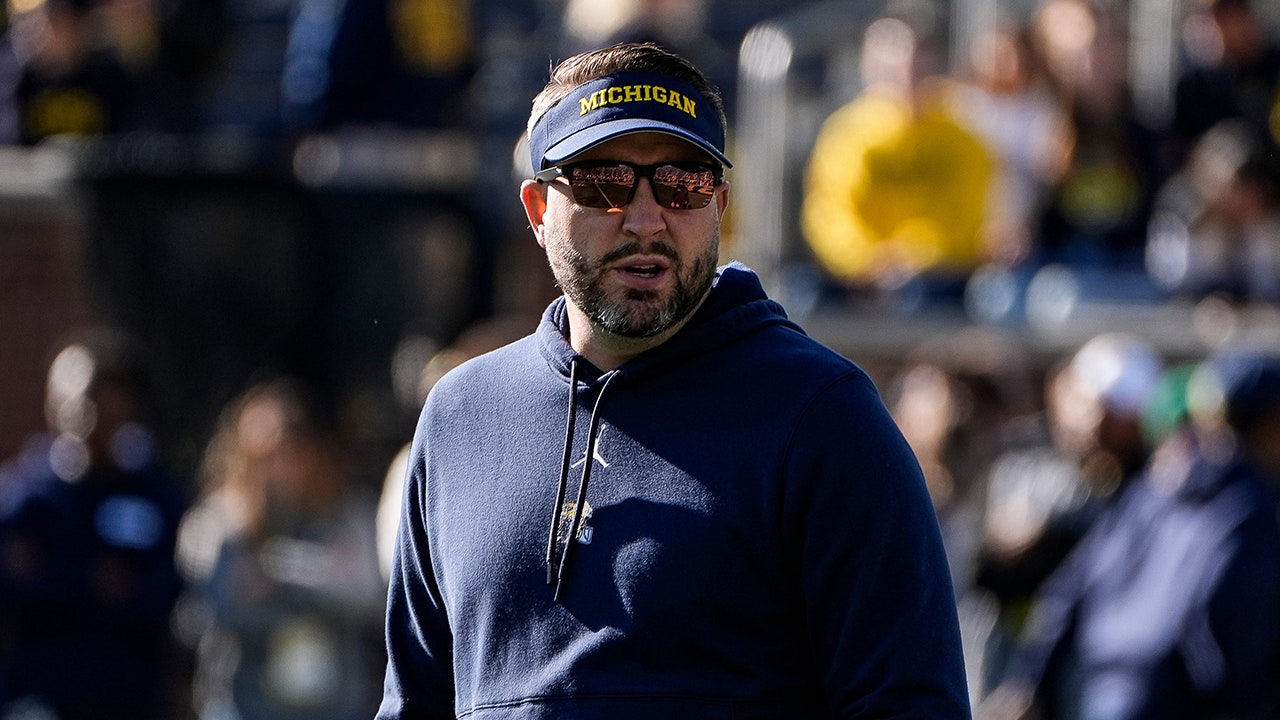Feverpitched | Getty Images
Bipartisan lawmakers introduced a new bill on Tuesday that aims to crack down on the business practices of drug supply chain middlemen who are widely accused of inflating prescription medication prices and harming U.S. patients and pharmacies.
The legislation aims to ensure community pharmacies can provide care to patients enrolled in federal health-care programs while being reimbursed “fairly and transparently” by so-called pharmacy benefit managers, or PBMs. Under the “Pharmacists Fight Back Act,” seniors covered by Medicare and Medicaid, government employees and active duty service members, among other patients, would see lower health-care costs and have more freedom to choose which pharmacy to get their prescriptions from, according to a fact sheet on the bill.
Reps. Jake Auchincloss, D-Mass., and Rep. Diana Harshbarger, R-Tenn., unveiled the bill ahead of a House Oversight and Accountability Committee hearing about the drug middlemen’s tactics on Tuesday. Executives of three of the largest PBMs – UnitedHealth Group‘s Optum Rx, CVS Health‘s Caremark and Cigna‘s Express Scripts – will testify on allegations that they play a role in rising healthcare costs, as federal scrutiny of their practices mounts.
The new bill joins dozens of other bipartisan efforts on the federal and state level to reform PBMs, which negotiate rebates with drug manufacturers on behalf of insurers, large employers and federal health plans. Those middlemen also create lists of medications, also known as formularies, that are covered by insurance and reimburse pharmacies for prescriptions.
But lawmakers and drugmakers alike argue that PBMs overcharge the plans they negotiate rebates for, underpay pharmacies and fail to pass on savings from those discounts to patients. Auchincloss said those practices have allowed PBMs to trap $300 billion in revenue in the middle of the drug supply chain between manufacturers and patients.
Meanwhile, PBMs contend that drugmakers are responsible for setting high list prices for drugs, and argue that their tactics shield patients from high healthcare costs.
Legislation targeting PBMs advanced through House and Senate committees with bipartisan support last year, and one proposal overwhelmingly passed the House in December. But that legislative momentum has stalled since Congress left PBM reform out of a massive government spending package earlier this year.
Meanwhile, the Biden administration has ramped up pressure on PBMs as Americans struggle to afford prescription drugs. The Federal Trade Commission is planning to sue Caremark, Express Scripts and OptumRx, CNBC previously reported.
Pedestrians walk by a CVS store on November in San Francisco, California.
Justin Sullivan | Getty Images
The new bill would do some of the same things as earlier legislation would, such as increasing transparency around certain PBM business practices and banning spread pricing, or charging plans more than what they pay pharmacies for a drug.
But Auchincloss, who co-led another PBM bill that passed the House last year, said his new legislation is “bigger and tougher,” and focuses on pharmacies. A Tuesday release about the bill also described it as the “most comprehensive PBM reform ever introduced at the federal level.”
“It seeks to take the pharmacists’ view and say, ‘What is making it impossible for pharmacists to thrive as small business owners and provide clinical and pharmacological advice to the patients that they serve?'” Auchincloss told CNBC. “We’re systematically tackling the impediments to that mission …This bill is about those pharmacists fighting back against corporate greed.”
Auchincloss pointed to a new pharmacy reimbursement model under the bill, which would largely center around a medication’s so-called national average drug acquisition cost, or NADAC. That measures the average price pharmacies pay to purchase a drug from manufacturers or wholesalers based on a survey of invoices.
“That is going to ensure that the actual cost of goods is what the price is predicated on,”, Auchincloss said. He added that the bill’s reimbursement model is most relevant to generic rather than branded prescription drugs.
Pharmacies are typically paid using a complicated system not directly based on what they spend to purchase medications. That model, which involves a multitiered network of insurers, manufacturers, PBMs and pharmacies, leads to ambiguity around fees and markups added to the original cost of a drug.
Among the bill’s other efforts, it requires PBMs to share 80% of rebates with patients and prohibits several other practices. It would bar requiring patients to obtain branded medications when a cheaper generic version is available, steering patients to PBM-affiliated pharmacies and excluding any in-network pharmacy from filling a prescription, among other tactics.
The bill would “put in place much-needed reforms to stop the gouging of independent pharmacies, make life-saving drugs more affordable for patients, and implement solutions that will yield savings to taxpayers,” Harshbarger said in a statement.















































